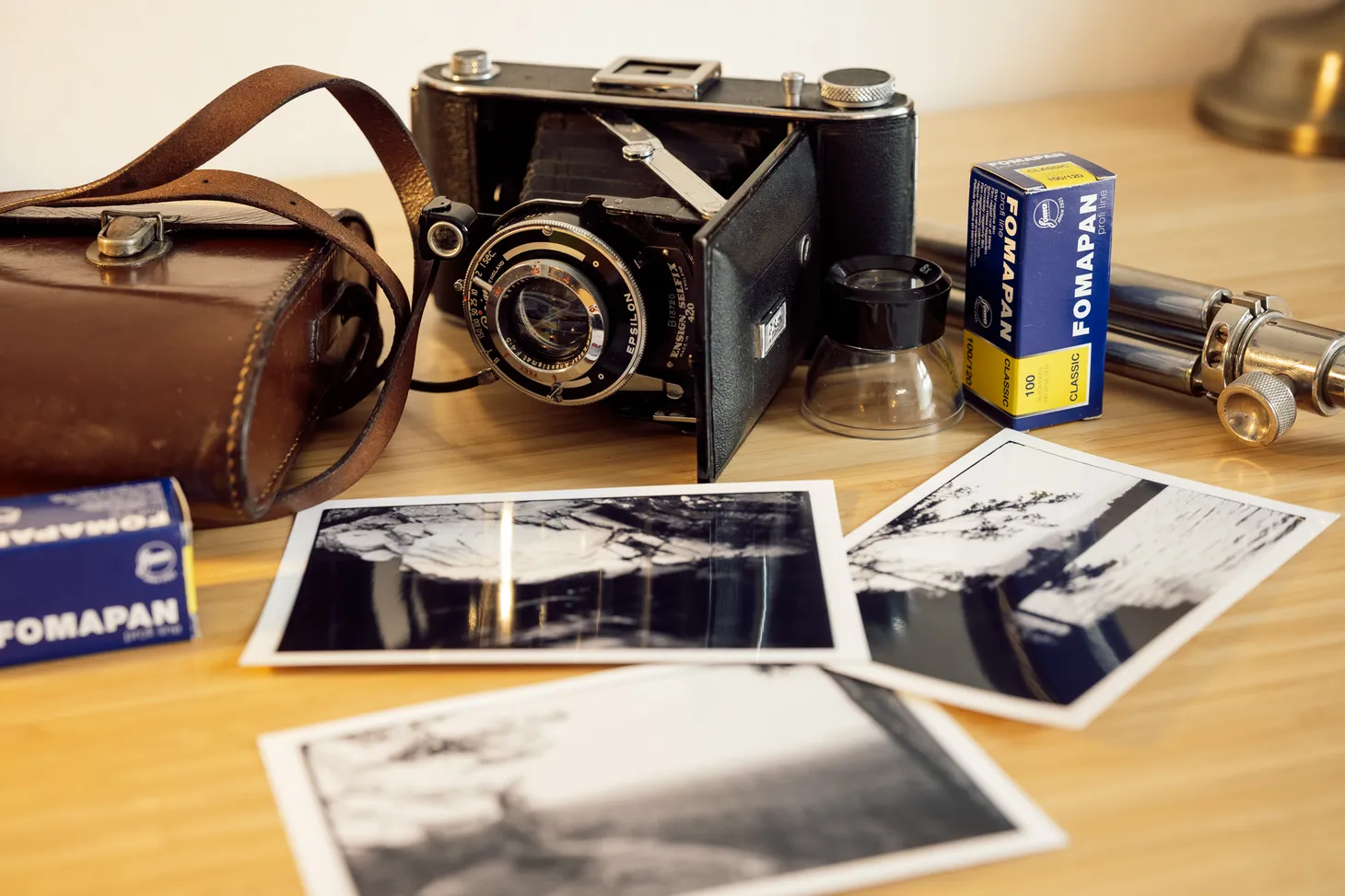My first two rolls of Kodak Vision3 250D
I've been trying a new film stock.

As I mentioned the other day, I have a plan to deal with the ever-increasing cost of shooting colour film in my 35mm cameras. That blog post was all about setting up a home scanning workflow to eliminate the cost of lab scans. Today I'd like to share a few images from my first two rolls of Kodak Vision3 250D.
The rationale behind this film choice is simple: you can get it for £6.50 a roll, which is a lot cheaper than the £18 or so you'll pay for Kodak Portra. I was also interested to see the image quality myself, which has an excellent reputation (many mainstream movies are shot using this stock).
However, there are complications. Most colour film you can buy today uses the standard C41 process, which any lab can process for you. Simple. The thing about Kodak Vision3 (which is available in several different variants of speed and white balance) is that it is not a photographic film; it's cine film. This fact has several practical implications.
First, Vision3 is supplied from Kodak in big rolls designed for cine cameras. If you want to feed this stuff through a 35mm camera designed for stills then you either have to a) load your own canisters (which requires a loading machine), or b) buy pre-loaded canisters from someone else who has already done this. Several shops are now selling pre-loaded Vision3 cans for photographers. I bought mine from Analogue Revival and currently have a decent stash in the freezer.


Second, cine film has what is known as a remjet layer: a dark-coloured protective coating designed to reduce light piping, scratches, static, and halation. This layer must be removed before the film can be processed. Although you can process cine film in C41 chemistry, the colours will be different and you still need to deal with the remjet.
Third – although I guess this is tied in with implication two, really – for best results cine film must be processed using the ECN-2 process. Not all labs will do ECN-2. AG Photographic, for example, which I have used for years, won't touch it. However, cine film is becoming more popular for photographers and I think more labs will begin to offer this service in the future. I sent my film to filmprocessing.co.uk and they did a great job.
All this having been understood and taken into account, the actual procedure is pretty simple. I rated my cine film at ISO 125 (over-exposing by a stop from the box speed of 250), shot my two rolls, and sent them off to the lab. A few days later, the negatives returned, and I fed them through my Plustek and watched the colours appear on my monitor.
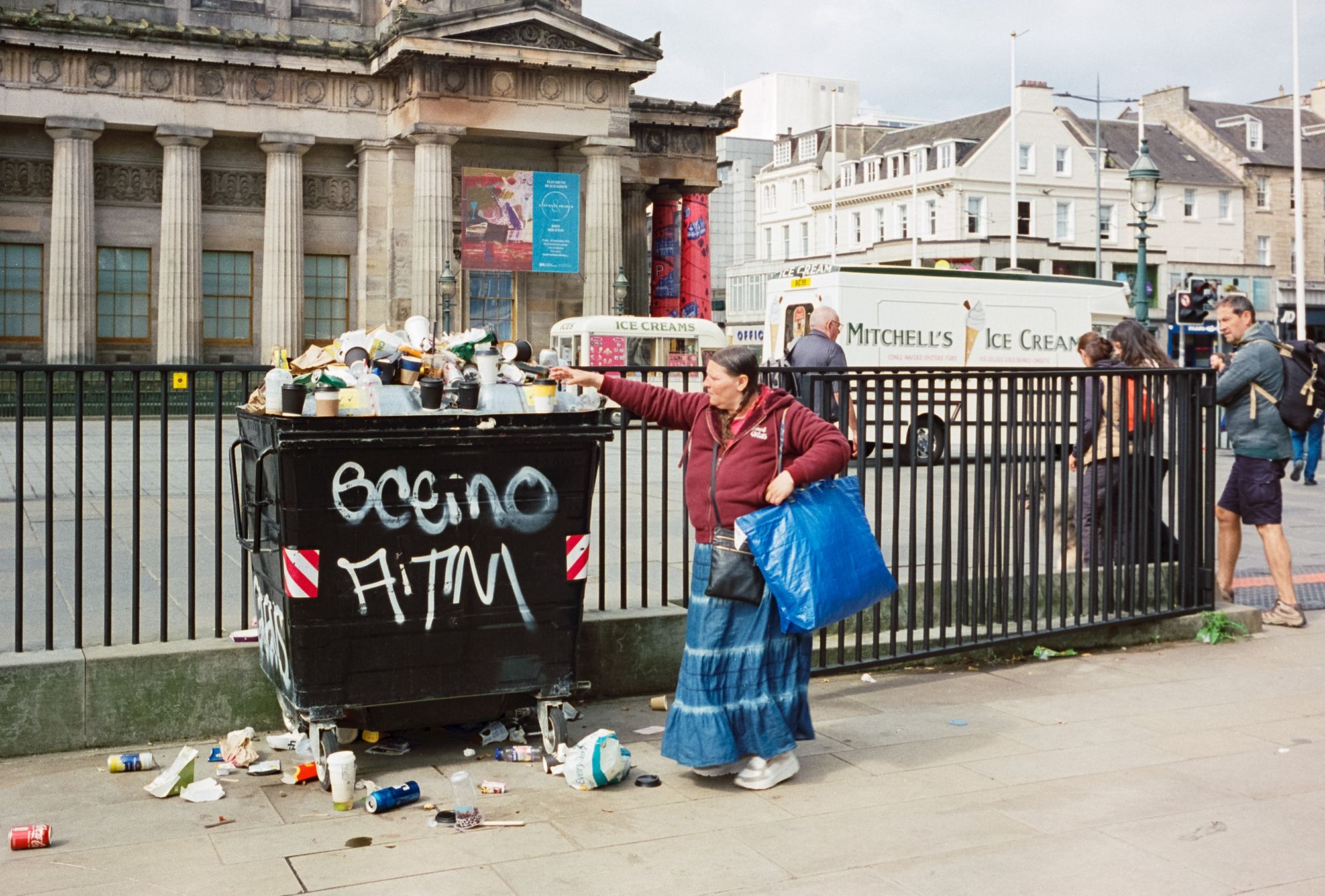
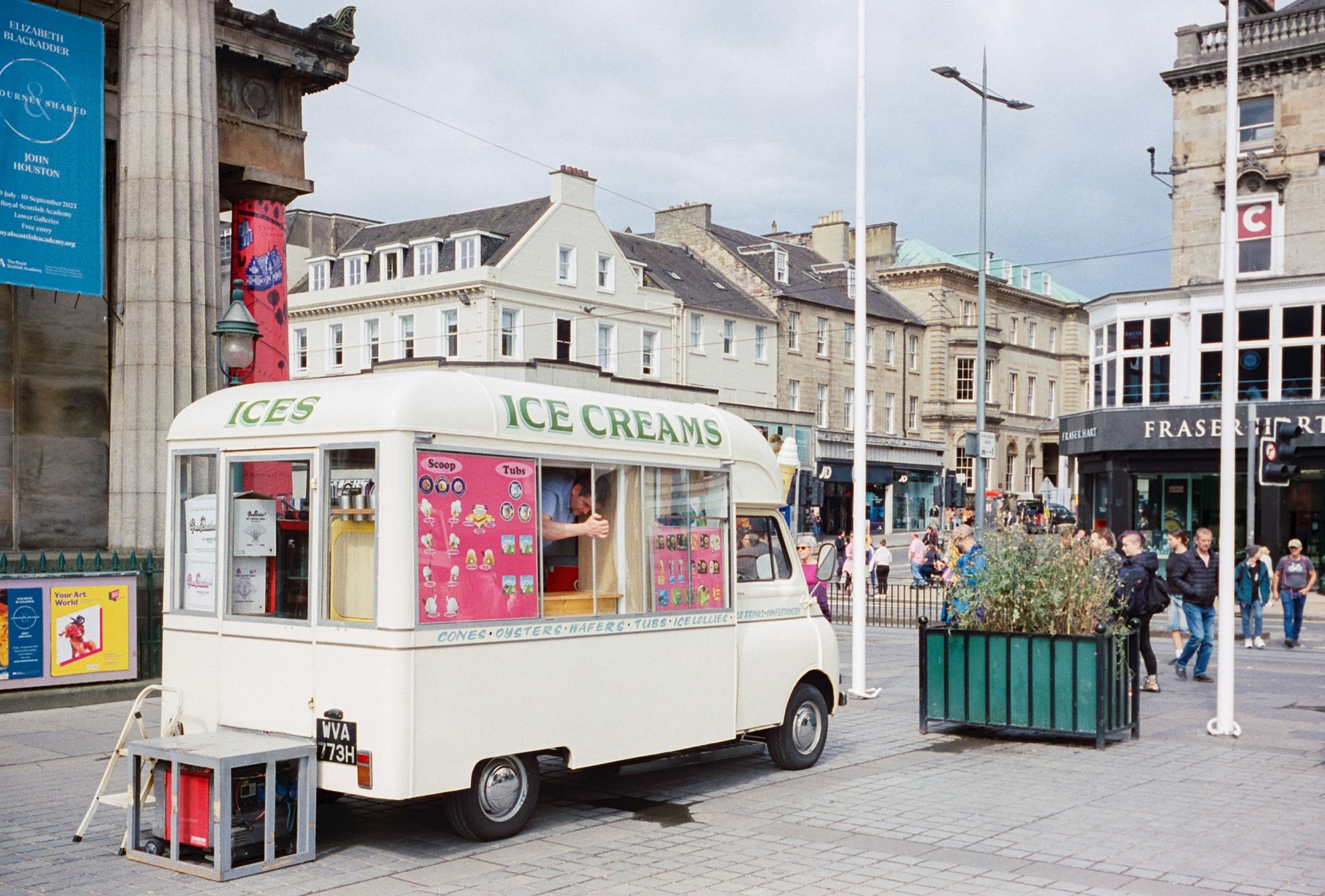
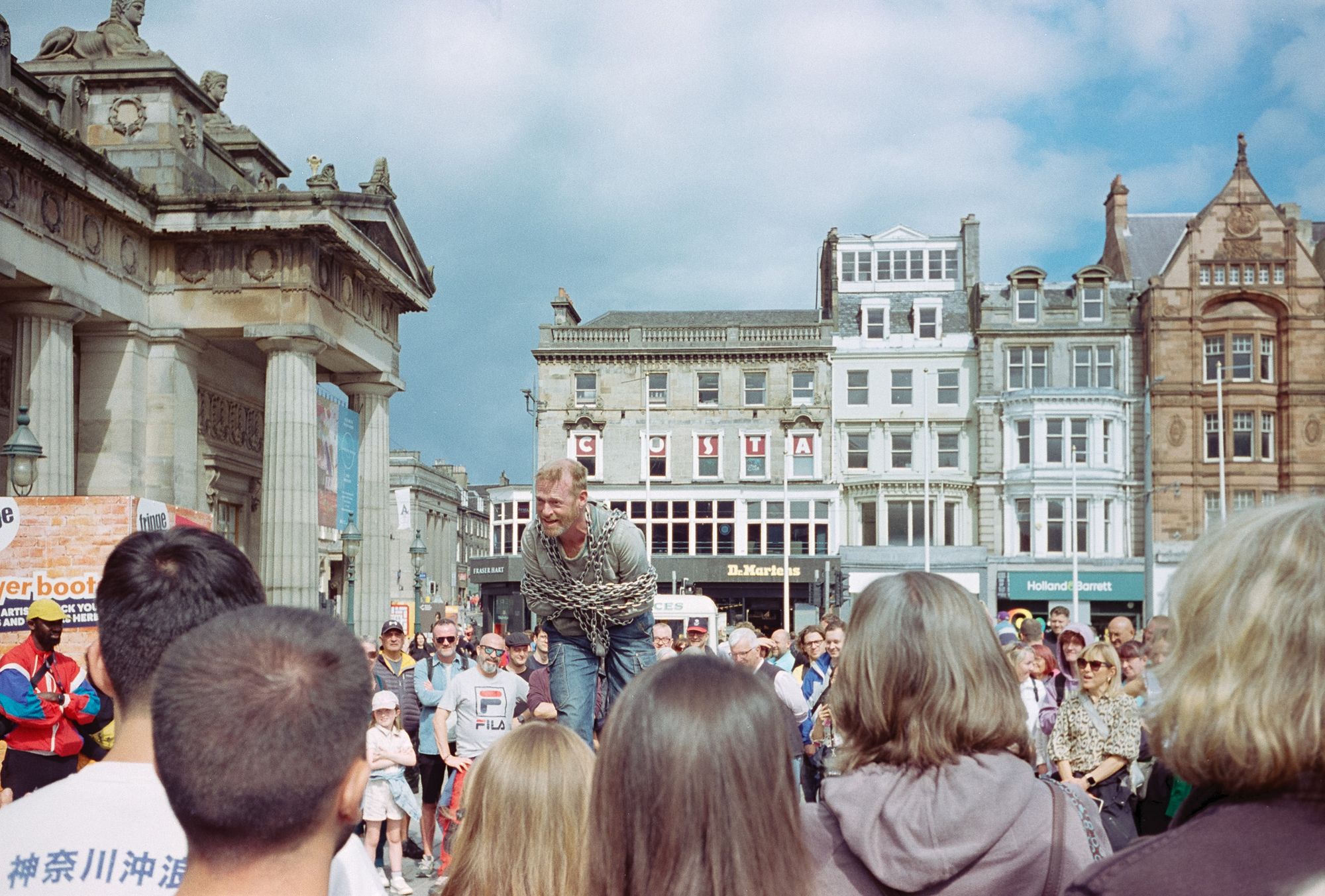
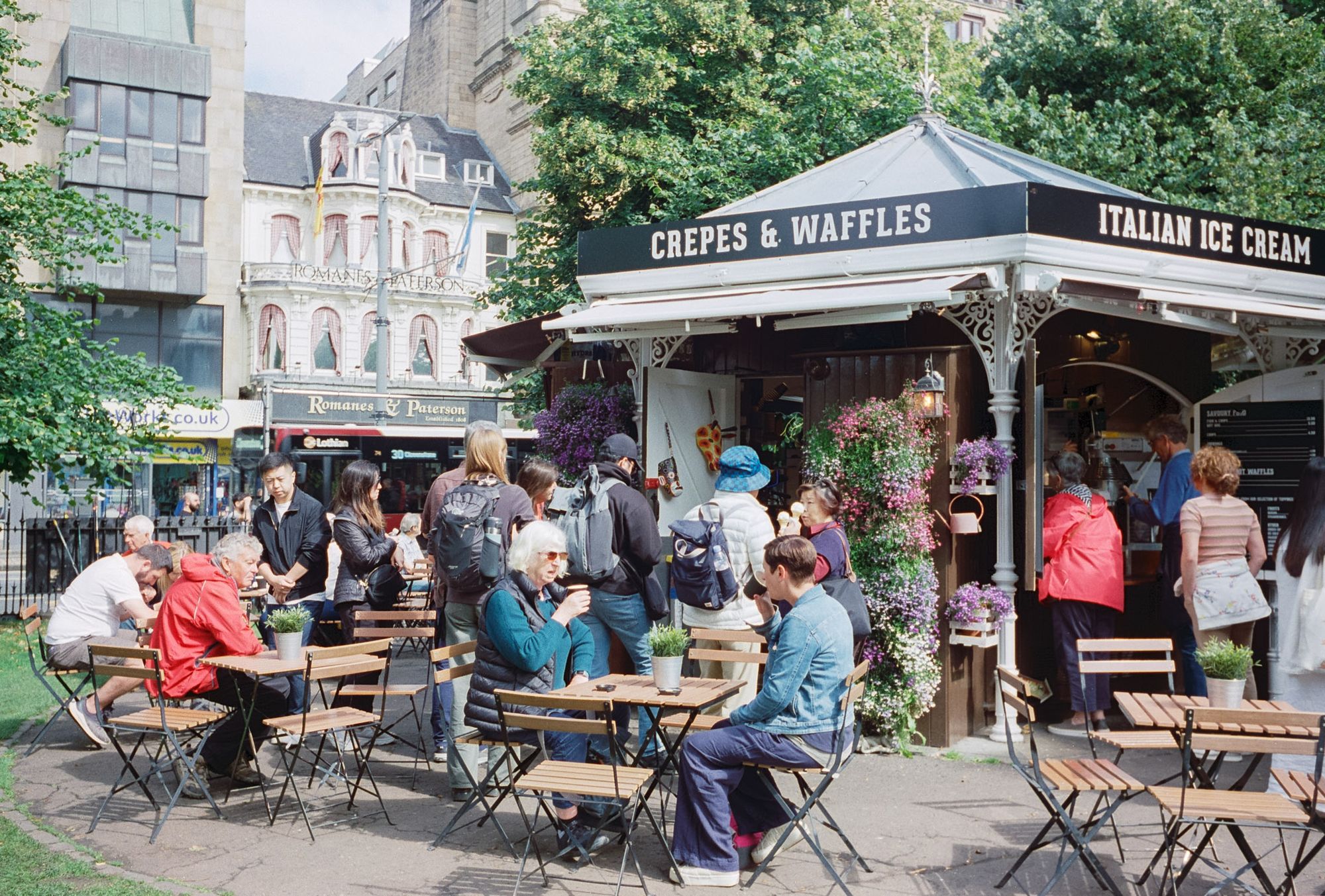
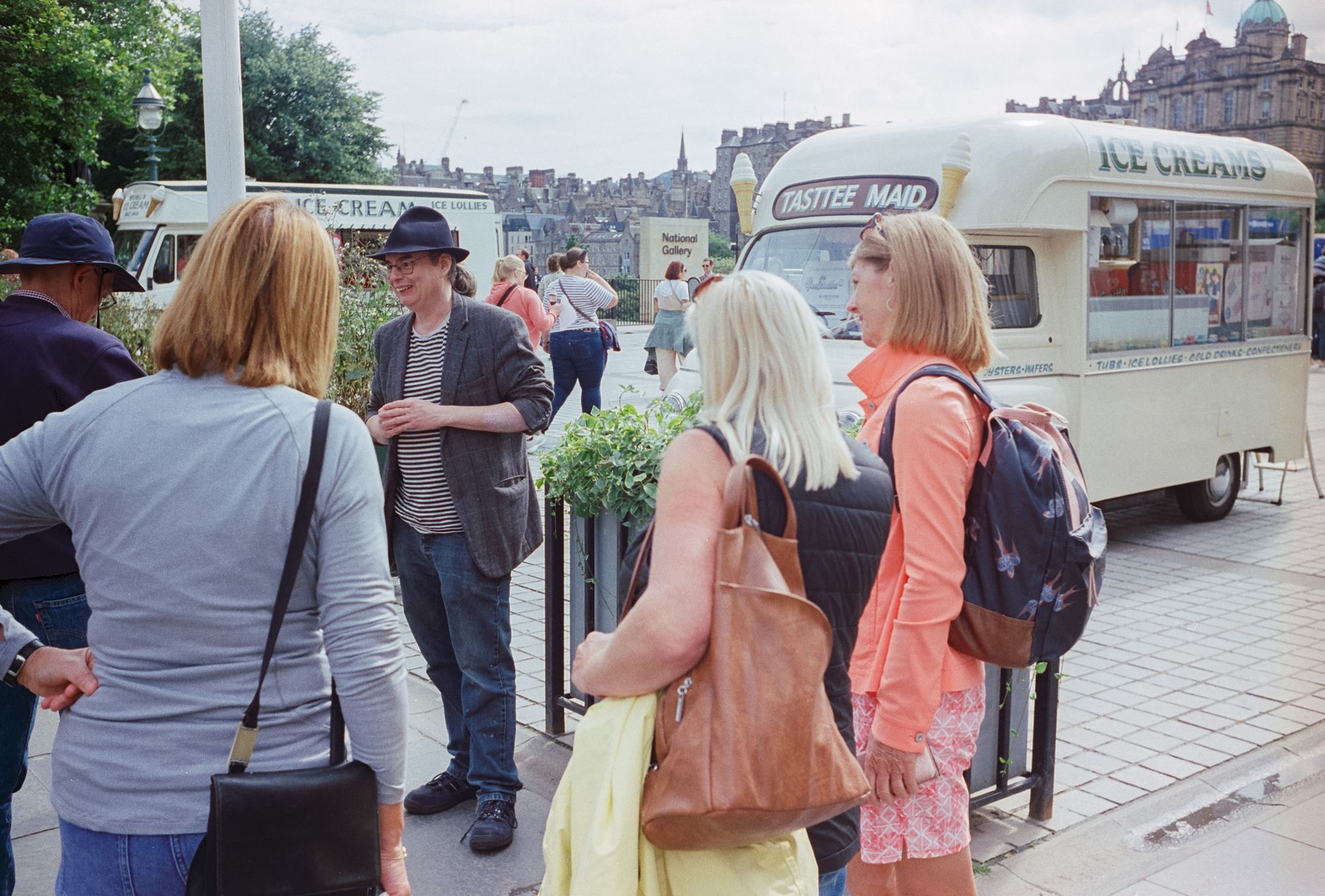
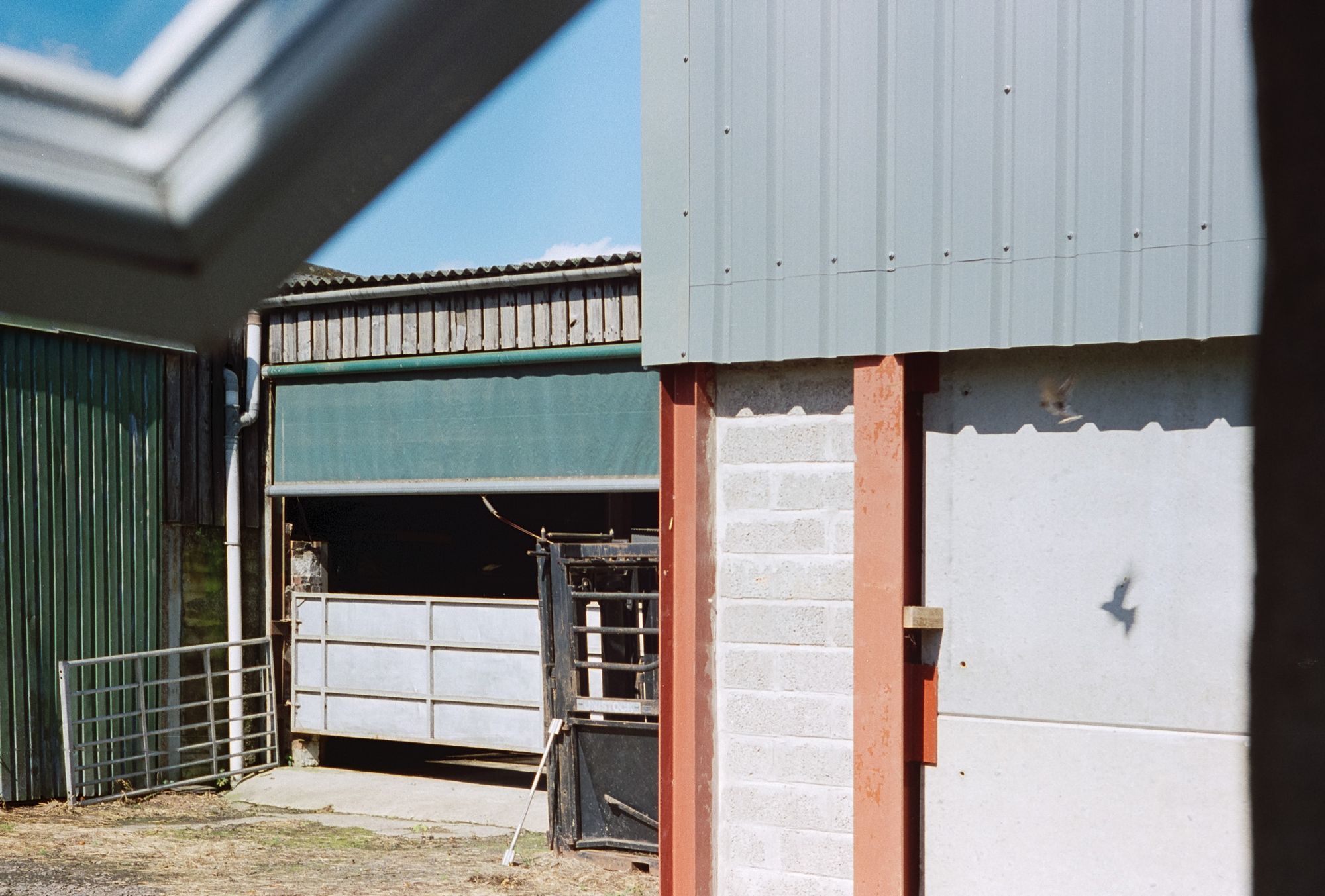
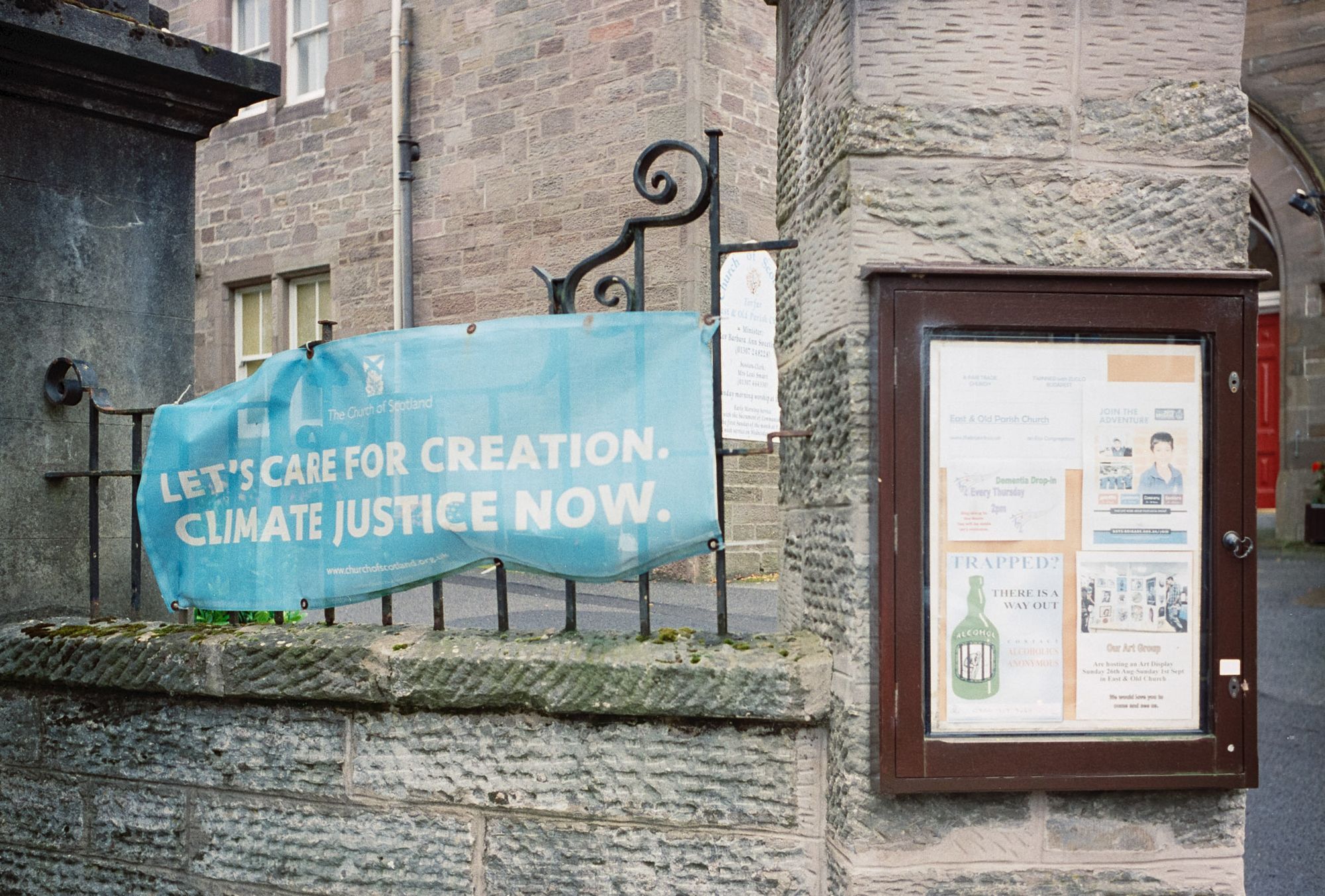
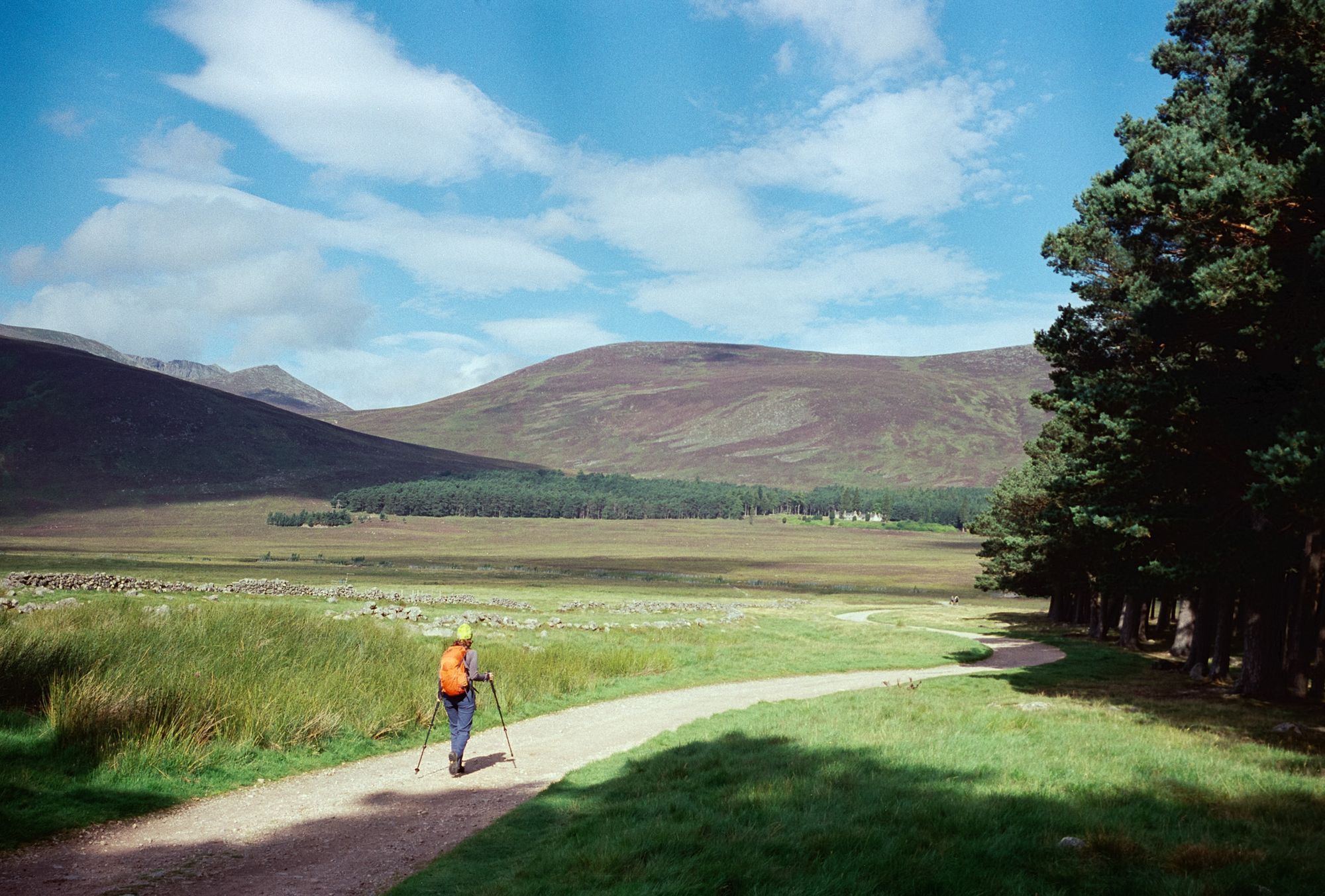
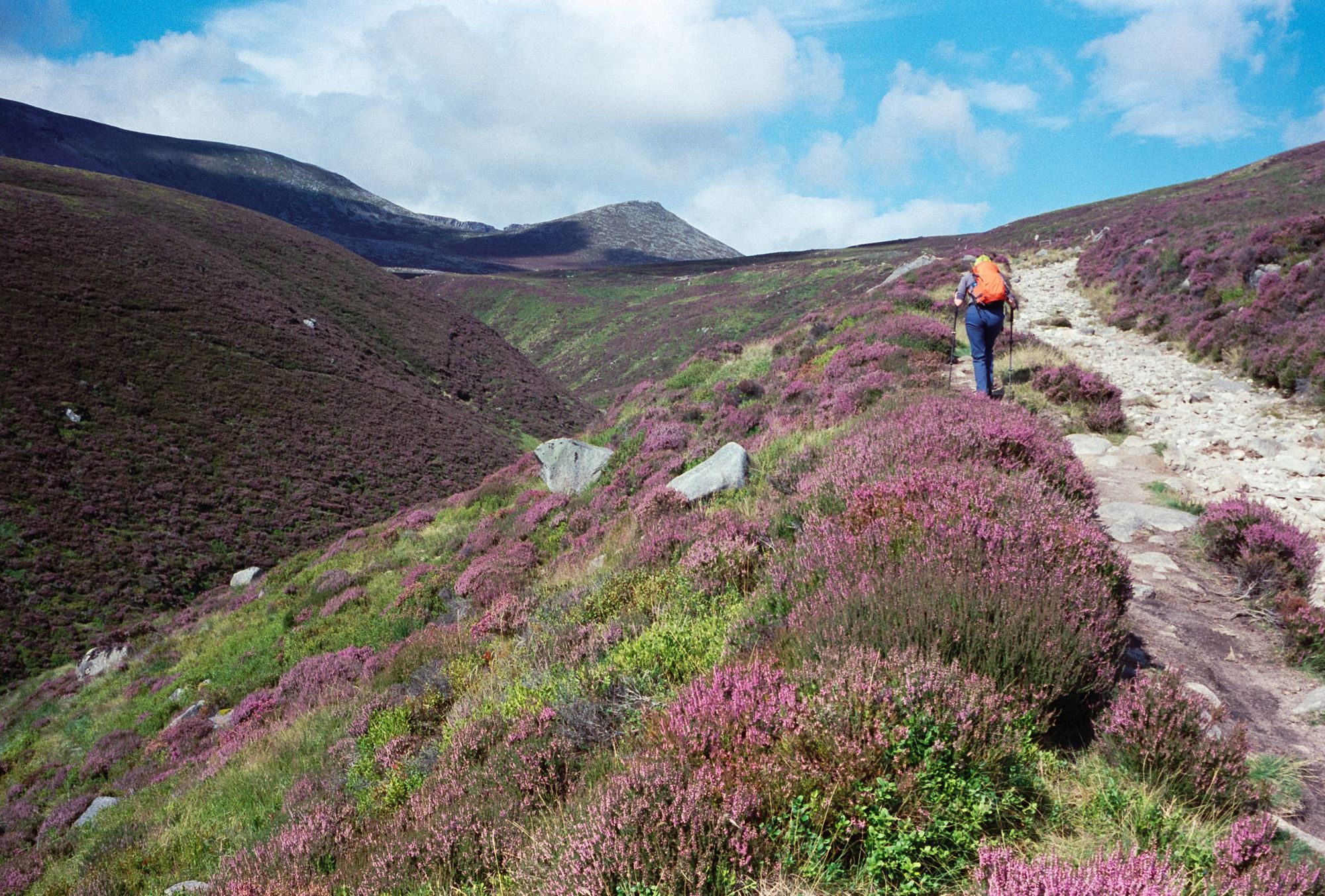
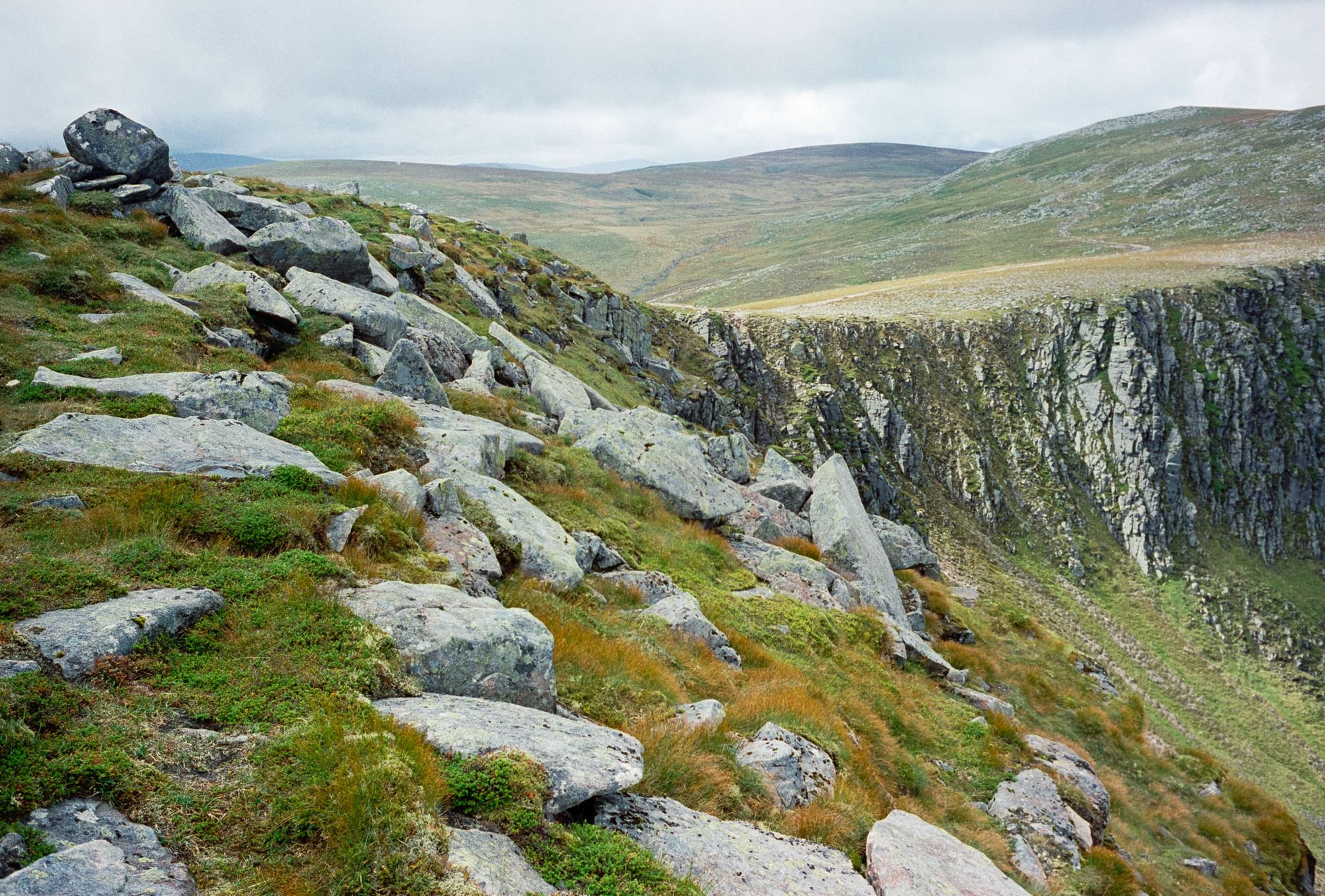
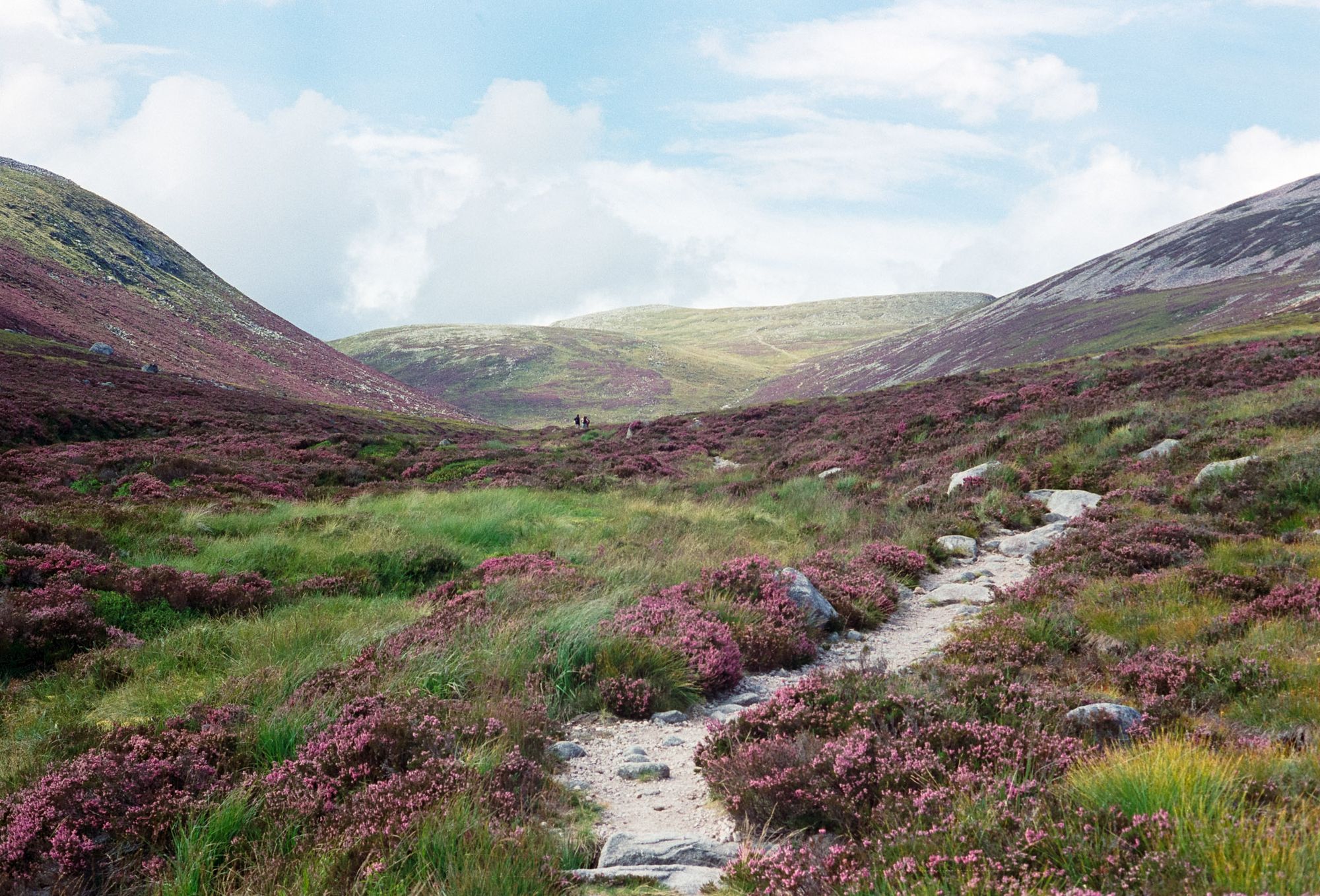
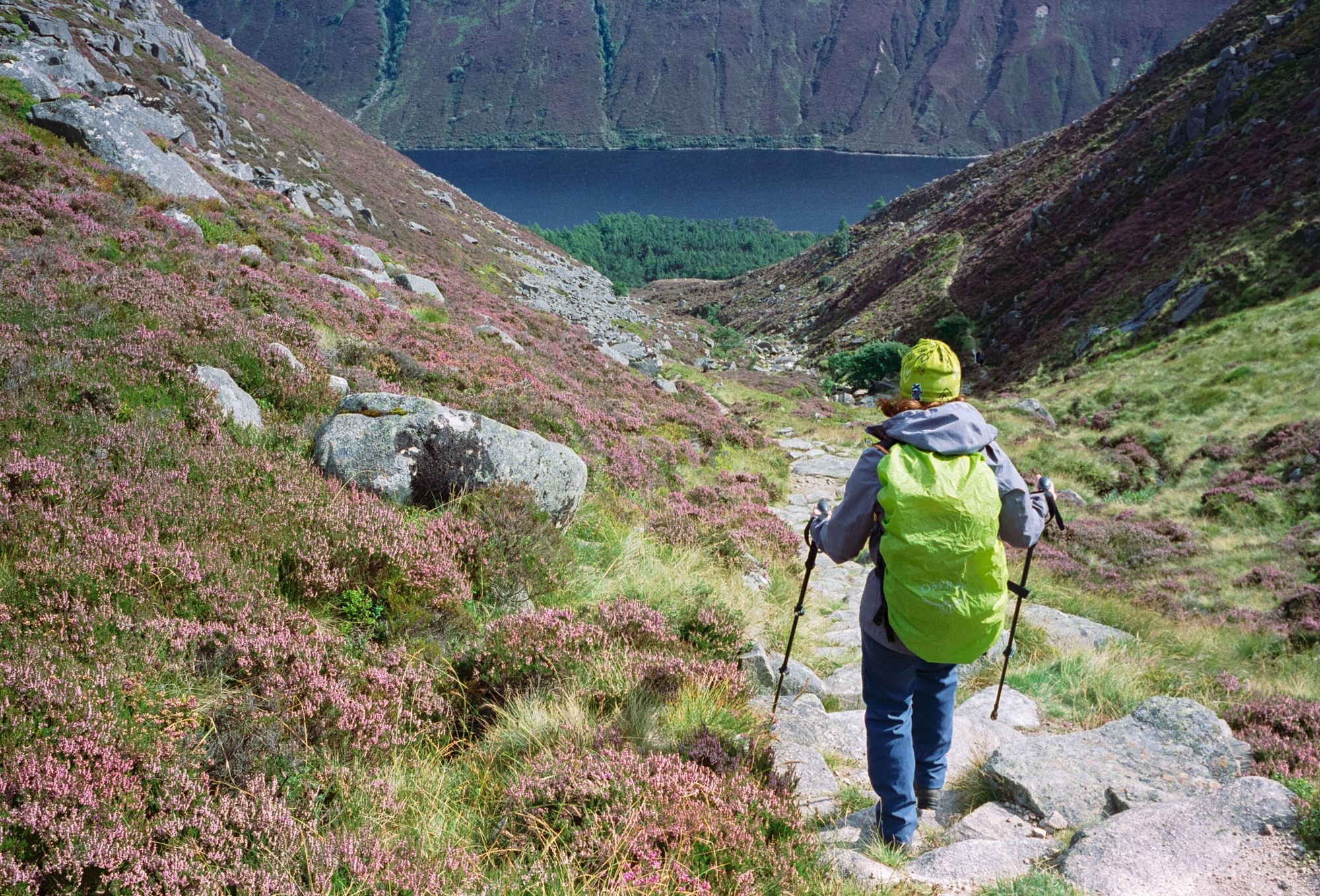
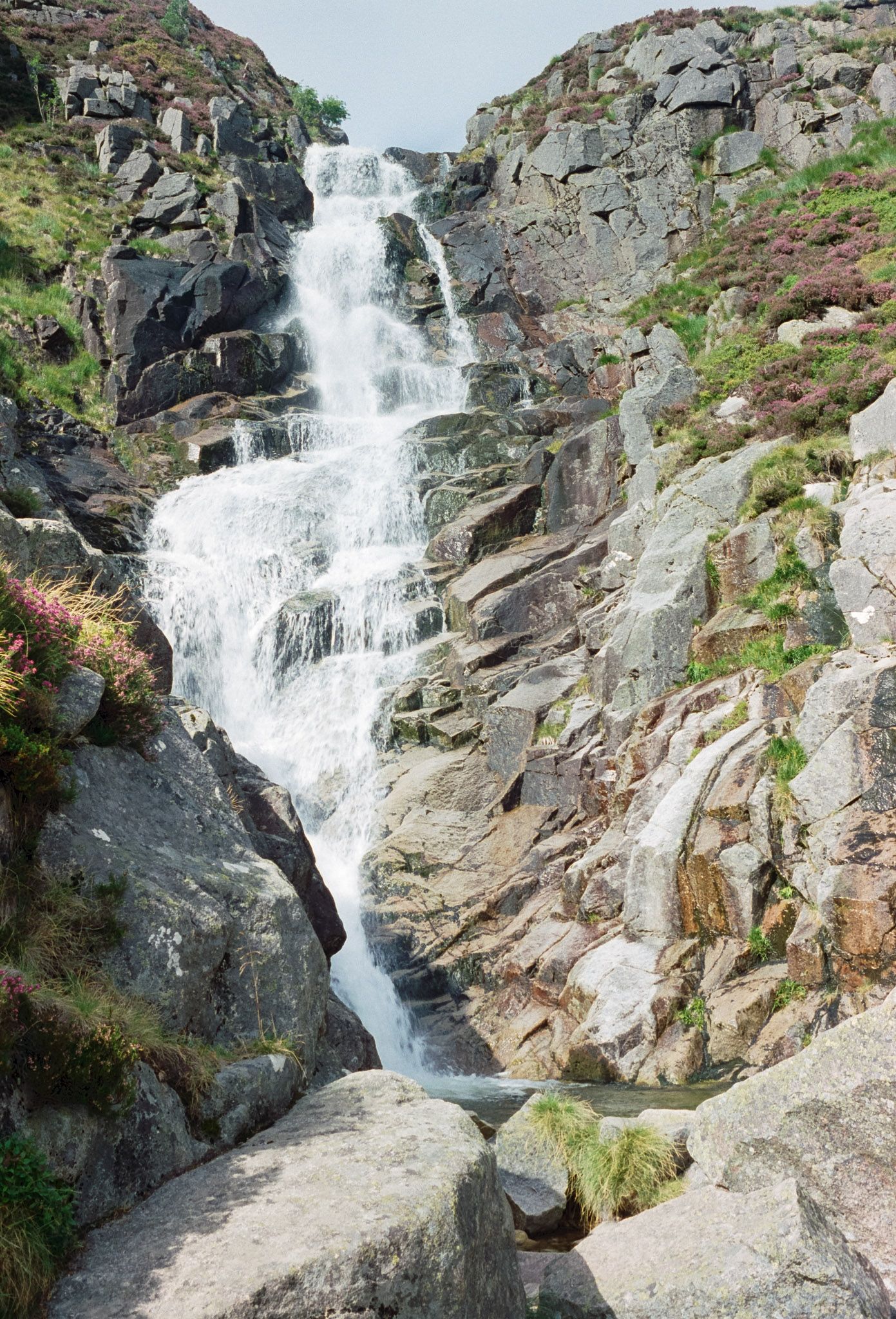
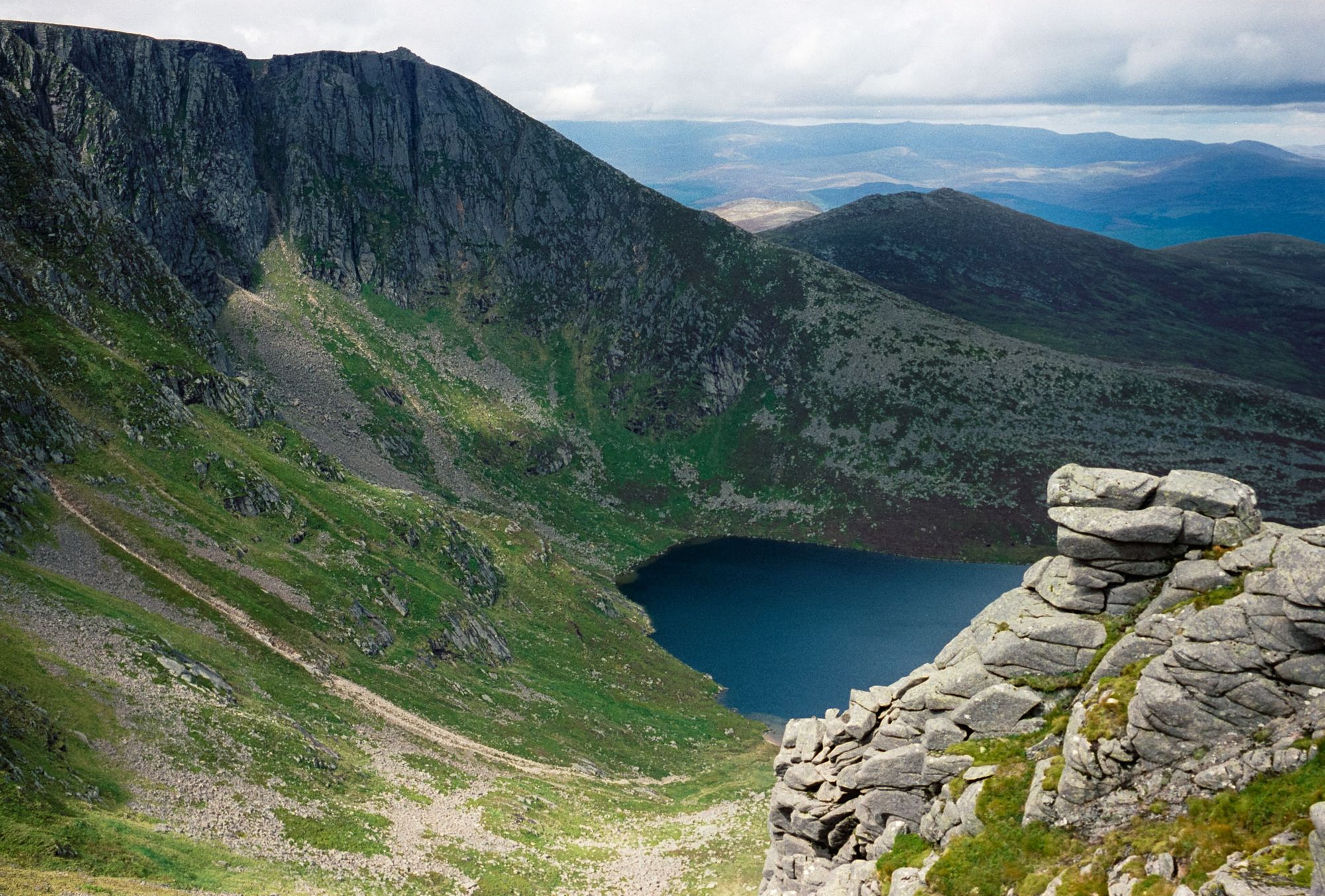
The results are most pleasing. It's a bright and colourful film stock in sunny conditions, and really makes the August colours on Lochnagar pop. However, it can also be surprisingly subtle in more subdued light. In some images it is almost grainless, while in others a little grain is visible (about what I'd expect from Portra 160). It should enlarge well up to any size I'm likely to need for editorial purposes.
I would not say that it has a particularly vintage look, which you'll often see from stocks such as Washi X or even Fujifilm C200. In fact, some of these images look so sharp and clean that they could be digital. These are, of course, low-res exports from the original scans. Camera setup: Leica M3, using either a Summicron 5cm f/2 or Summaron 3.5cm f/3.5 lens.
© Alex Roddie. All rights reserved. Don't reproduce these images without permission.
Alex Roddie Newsletter
Join the newsletter to receive the latest updates in your inbox.




